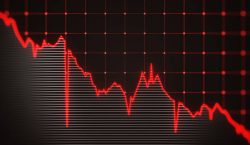

South African business leaders told President Cyril Ramaphosa that the jobless rate could rise to 38.1% by 2030 without urgent action to solve the country’s energy, logistics and crime crises.
The forecast, which compares with a current unemployment rate of 32.9%, was included in a presentation made by business groups in a meeting with Ramaphosa on Tuesday. It was based on an average economic growth rate of 0.75% if no progress is made on those three impediments.
Unemployment in South Africa is already among the highest of more than 80 nations tracked by Bloomberg.
South African business groups are working with the government to try and arrest the slump in energy provision and the deteriorating rail and port services. Those issues, coupled with rampant crime and corruption, are crimping growth in the continent’s most industrialised economy.
If the constraints were successfully addressed, the business groups, collectively known as Business for SA, forecast economic expansion would average 5% and unemployment would decline to 28% by 2030.
In a 23-slide presentation sent to Bloomberg, more than 115 businesses operating in South Africa listed a host of measures Ramaphosa will need to address to kick-start the stagnating economy.
The presidency, together with B4SA and Business Unity South Africa, in a joint statement Tuesday announced progress made in introducing some of the initiatives to revive the floundering economy and restore investor confidence.
The measures include:
Sorry. No data so far.

